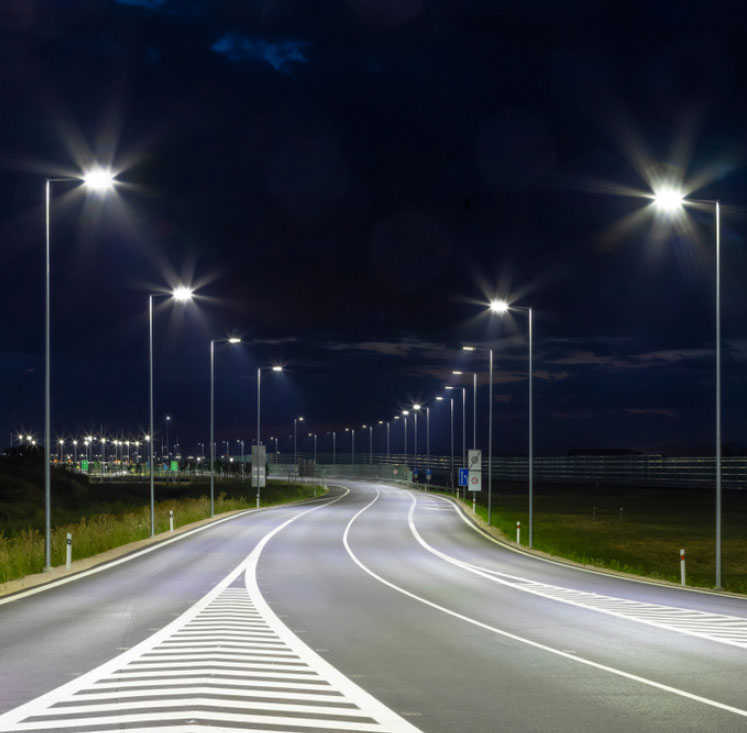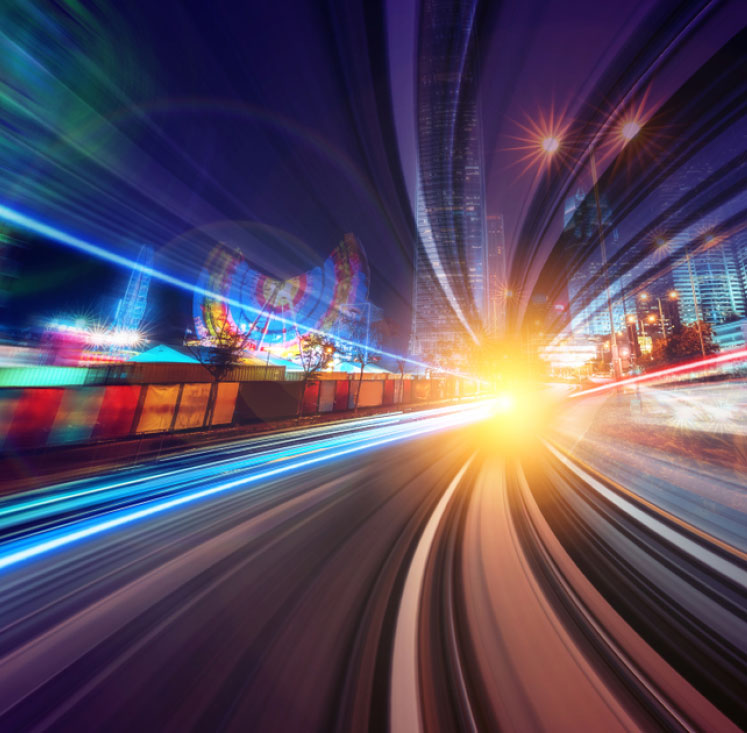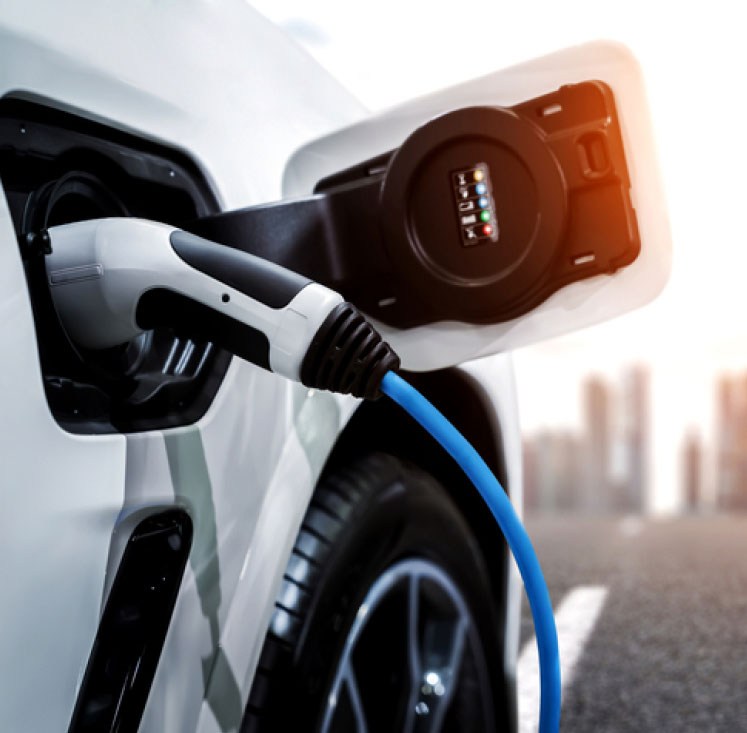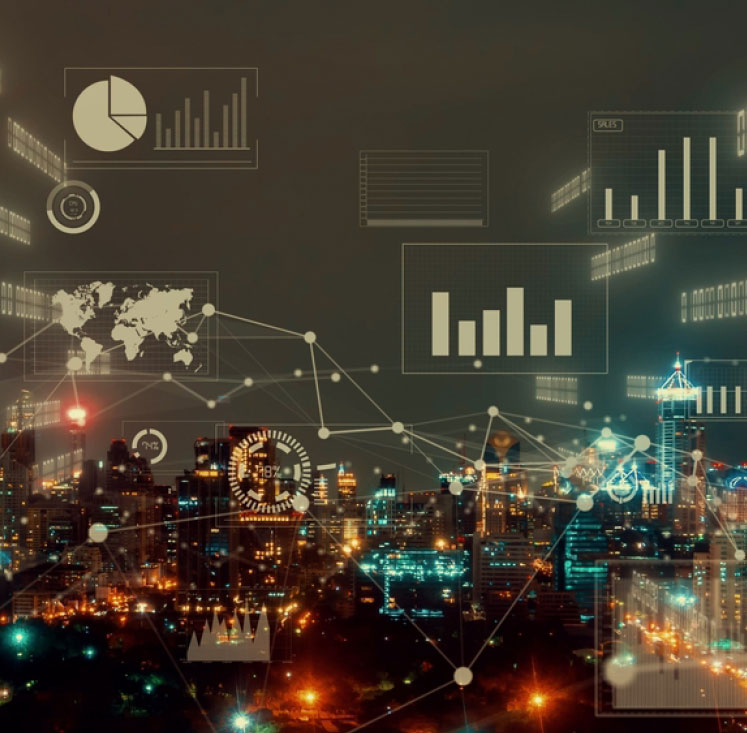Aesthetics or engineering? Have both!
At DFL, we’ve got lots of designers who thrive when tasked with conjuring up ways of using lighting to achieve a certain feeling or vibe, whether you’re set on illuminating a particular piece of architecture like a church façade or creating a whole new feature.
Depending on your desired effect, we’ll use decorative lighting equipment and techniques to do more than simply brighten a dark area — leveraging colour-changing RGBA (red, green, blue, amber) strips and conducting LED light upgrades with different colour temperatures to set the scene and highlight points of interest.
What sets our designers apart from the rest is they’ll combine the aesthetics of these fun installations with the not-so-fun — but critically important — engineering they need to work.
We know how to work on the tricky stuff too, such as listed buildings and heritage assets — possessing the skills needed to overcome lighting challenges that may arise with these projects.
Essentially, we’ll make sure that your dreams turn into reality with lighting design packs and drawings that are ready for construction.
We can even help develop temporary lighting schemes to support events or give you a taste of what feature lighting could do to your building or monument.
We’ve got it down to a fine art
Rather than producing a beautiful lighting design that’ll have local authorities questioning how it’s all going to work and how much it'll cost (this happens more often than you’d think), we’ll ensure every public realm lighting project we complete is practically sound and works to client budgets.
With us, you’ll only get lighting design solutions that are easy to install and maintain. We’ll also work out all the electrical wiring considerations from the get-go, so you don’t need to worry about getting power to your new lights either.
And of course, there’ll be no lighting impact issues. If you like, we can offer a lighting impact assessment (LIA) to prevent problems like light spill, which could anger any residents who live near your proposed installation site. For example, we might put shields on upward-facing lights like the ones you’d see beneath uplit trees to control lighting output without limiting your design.
So, you get to install your own art that looks the part and works properly. That’s a win-win if you ask us!
Let’s work on your masterpiece
More from DFL
Wondering how else we can help you with your upcoming lighting project? Take a look at our other services...

We do lighting impact assessments (LIAs) day in, day out. They’re usually required to secure planning approval and just so happen to be our speciality. So, you can rest assured we’ll support you with your lighting planning conditions and see your project through to completion.

Get our help planning a new lighting design or upgrading existing lighting infrastructure, like streetlights, for residential areas. We’ll handle everything from electrics and EV charging points to local authority approval!

Looking to create decorative lighting that’s been engineered ‘to a T’? Look no further! Our teams have the creative flair, technical know-how and ability to generate buildable solutions to ensure you achieve a beautiful scheme that accentuates public spaces and attracts passersby day and night.

Get ongoing support and guidance from our friendly lighting experts, who’ll be there to help you every step of the way during your project — perfect for local authorities looking to bridge the skills gap in their street lighting department.

Avoid getting your wires crossed (literally and figuratively) with our electrical design and electric vehicle (EV) charging point services. We’ll show you where and how to place your chargers to give you the best value without running cables everywhere!

We can support your wider team during highway and motorway upgrades and installations; we’re not afraid of big projects! From lighting and electricals to clash detection and the required Building Information Modelling (BIM) standards, our teams can handle it all.






















